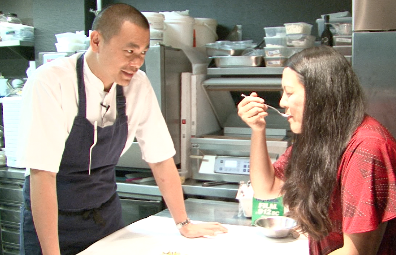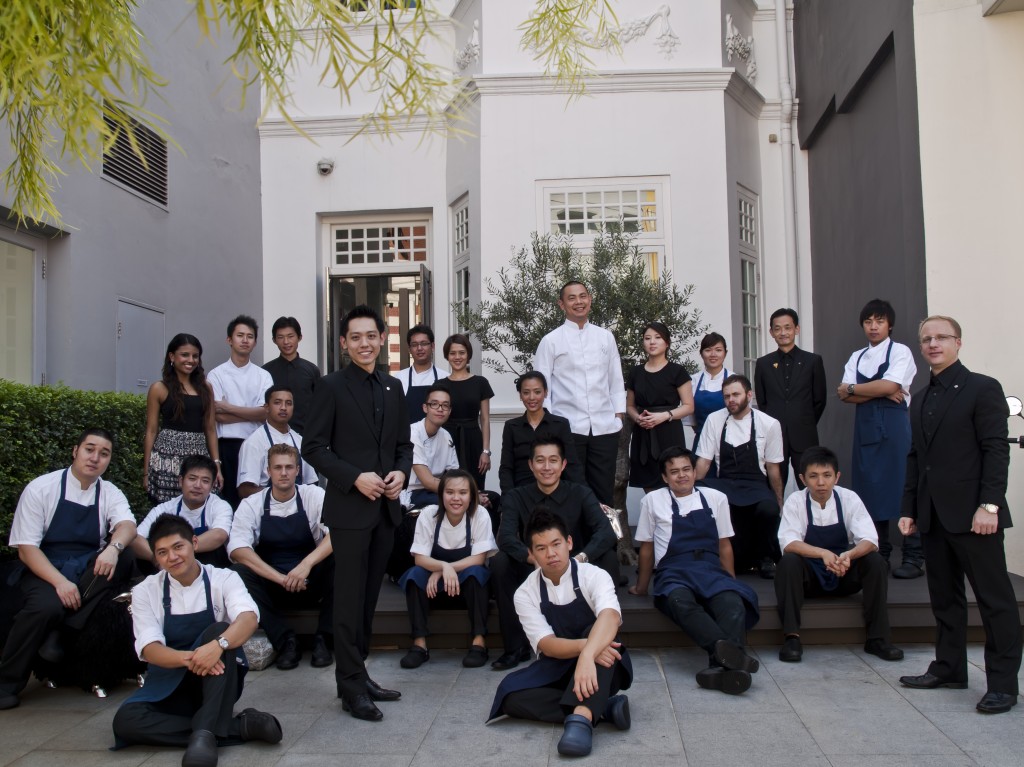Street food, once thought of as poverty food, has reached cult status, thanks to a value-minded public coping with a global economic downtown and an empowered chef class that has made celebrities out of food enthusiasts like Anthony Bourdain.
Singapore, for one, has positioned itself as the poster child for affordable gastro-tourism, successfully promoting its street food and hawker center culture and drawing millions of tourism dollars each year.
Case in point, local street food ambassador KF Seetoh is hosting the inaugural World Street Food Congress in Singapore now through June 9, featuring a street food carnival, 2-day summit with speakers like Bourdain and China’s Johnny Chan, and master chef classes from renowned chefs like NY’s Anthony Ricco of Spice Market and LA’s Bryant Ng of The Spice Table.
While chefs in culinary capitals like France struggle with high food costs, hawkers in Asian countries like Vietnam, Indonesia and Malaysia with vibrant street food cultures have begun capitalizing on this increased awareness and demand for cheap hawker fare, building brands around family recipes that have been passed down from generation to generation.
On the flip side of that is what Bourdain calls the “hipster hawker,” young entrepreneurial chefs serving affordable gourmet dishes from a food cart or truck, a way of breaking into the food business with flexibility and minimal costs.
But experts say street food culture is dying. As more governments try to regulate the industry and move the vendors indoors into hawker centers or food courts, the challenge is preserving a culture that has made its name on the streets.





